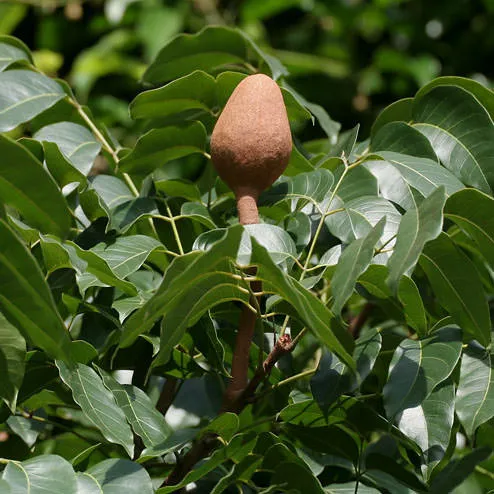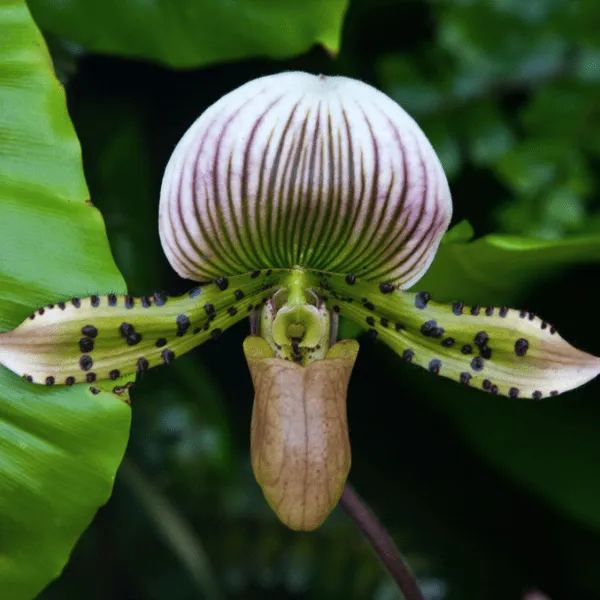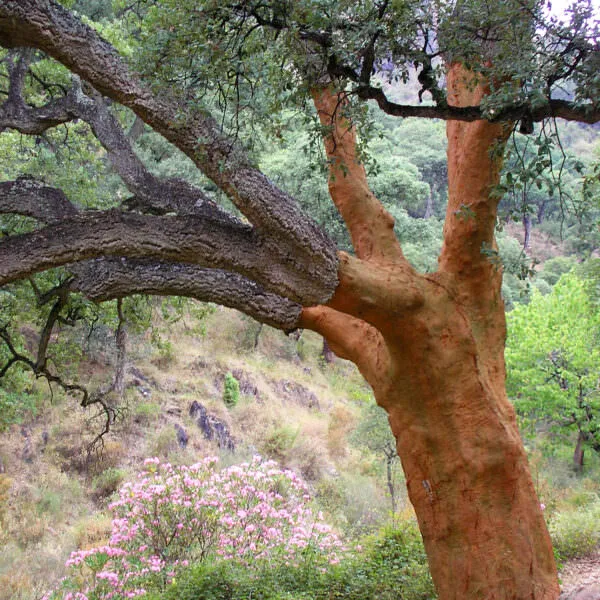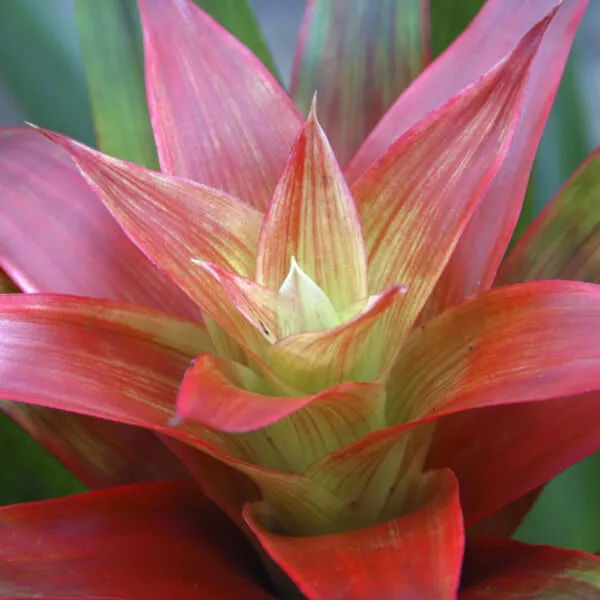We're All In
Together, we're building a future where people and nature thrive. Sign up today and join our movement...
Botany
There are about 40 different species of heliconia. The leaves of this plant are paddle-shaped, and they are related to the banana family. Heliconias are sometimes called « lobster claws » or « parrot flowers » because of their beak-like « bracts » which can be orange, purple, red, yellow, pink, green or a combination of these. A bract is a leaf structure at the base of a flower.
The heliconia’s flowers are tiny and found inside these bracts, which are so large and colorful that they almost hide the flowers altogether. This keeps the flower’s sweet nectar tucked away so that only specialized birds can get to it. Some species of heliconia have upright facing flowers, and in some called hanging heliconia, the flowers dangle down from the main stem.
Habitat
Heliconias are found throughout the Neotropics and are actually quite common in the rainforest. They are also often found as ornamental plants in gardens and landscaped areas. People enjoy their colorful, gravity-defying ornamentation.
Did You Know
The heliconia, like the bromeliad, can also be home to other living things. Water collects in the bracts of the straight stems, which provides a habitat for many species of tiny aquatic organisms. Many other animals depend on the heliconia as well. Hummingirds and butterflies like to drink the sweet nectar from the heliconia’s flowers.
Sources
- Jukofsky, Diane. Encyclopedia of Rainforests. Connecticut: Oryx Press, 2002.
- Biological Diversity Info
- The IUCN Red List of Threatened Species



